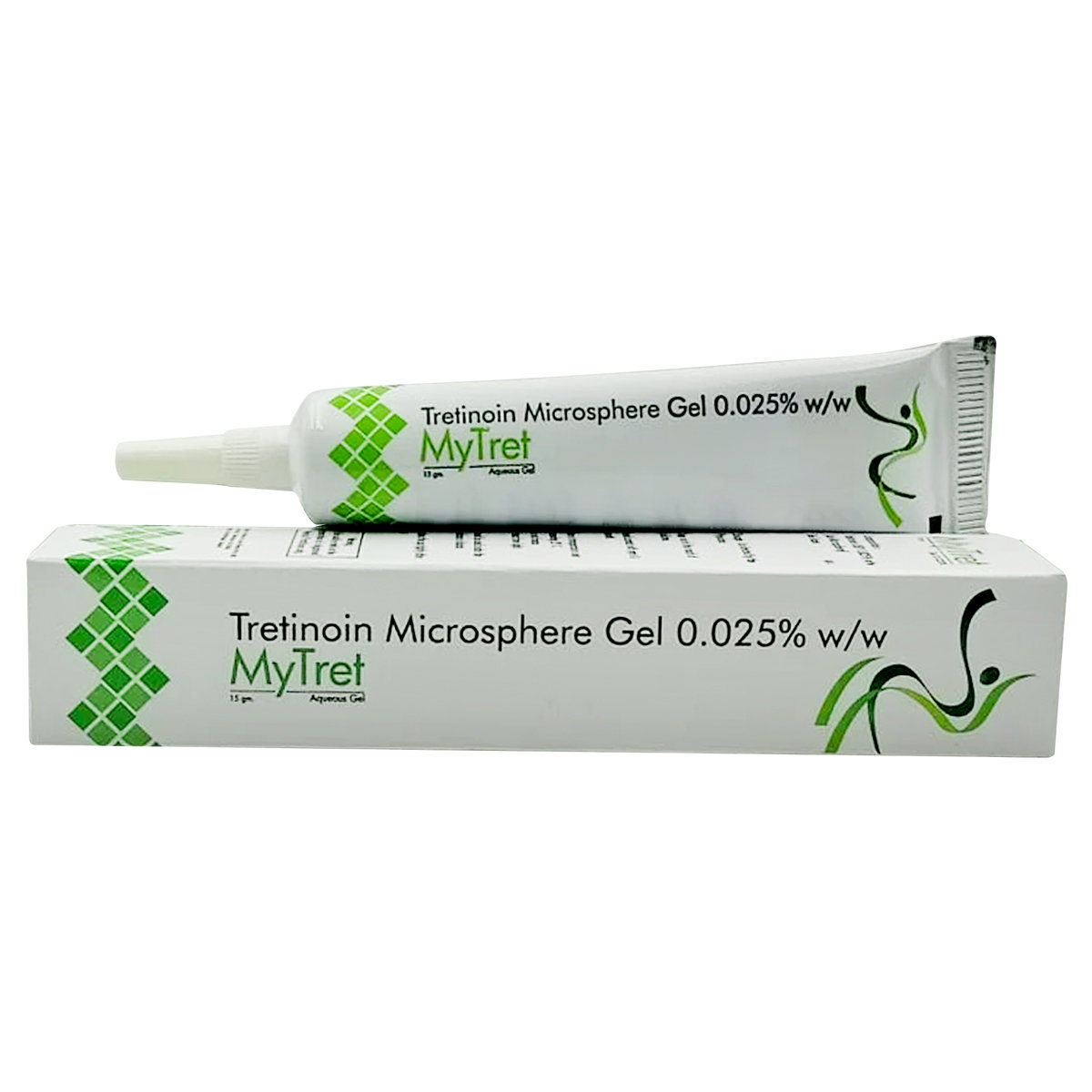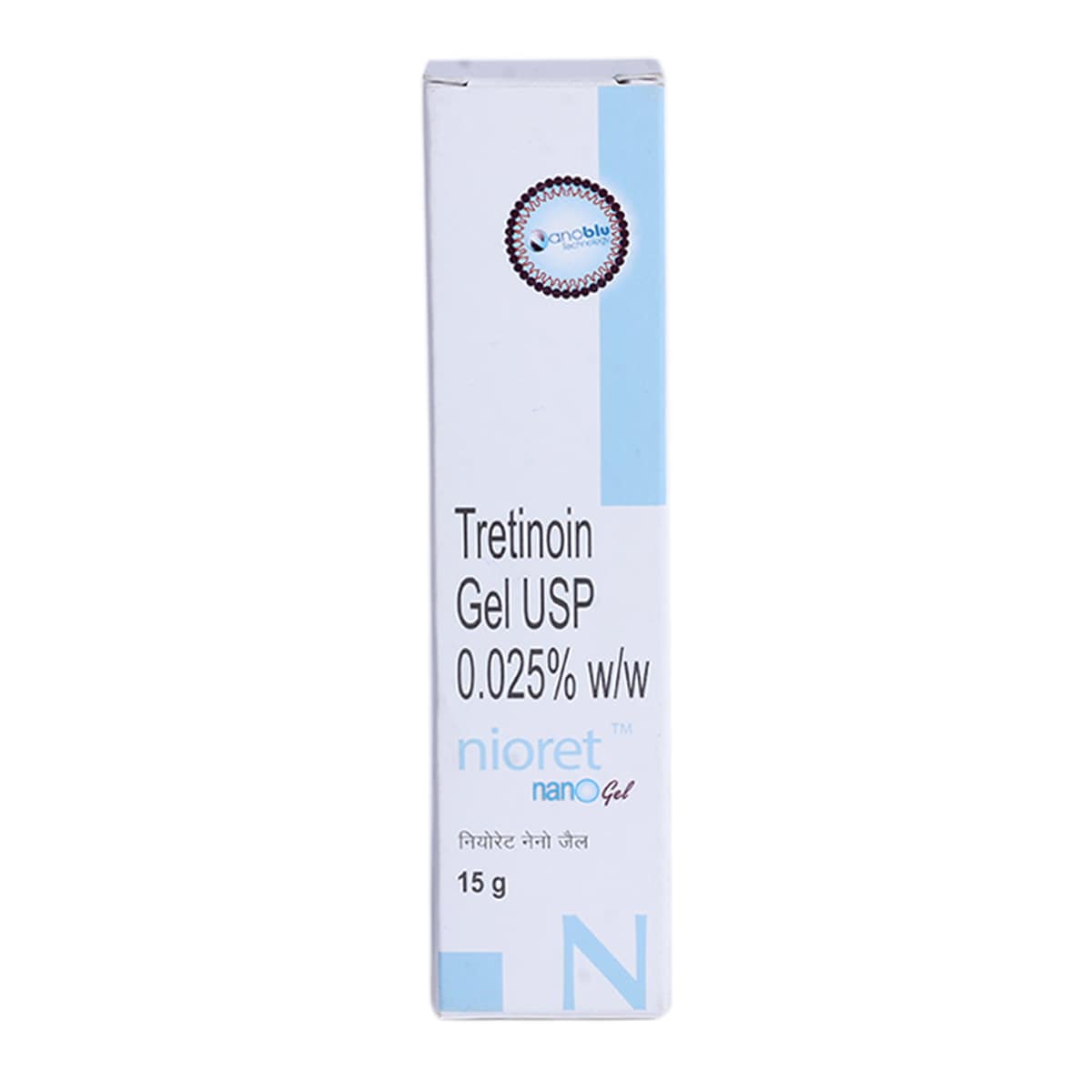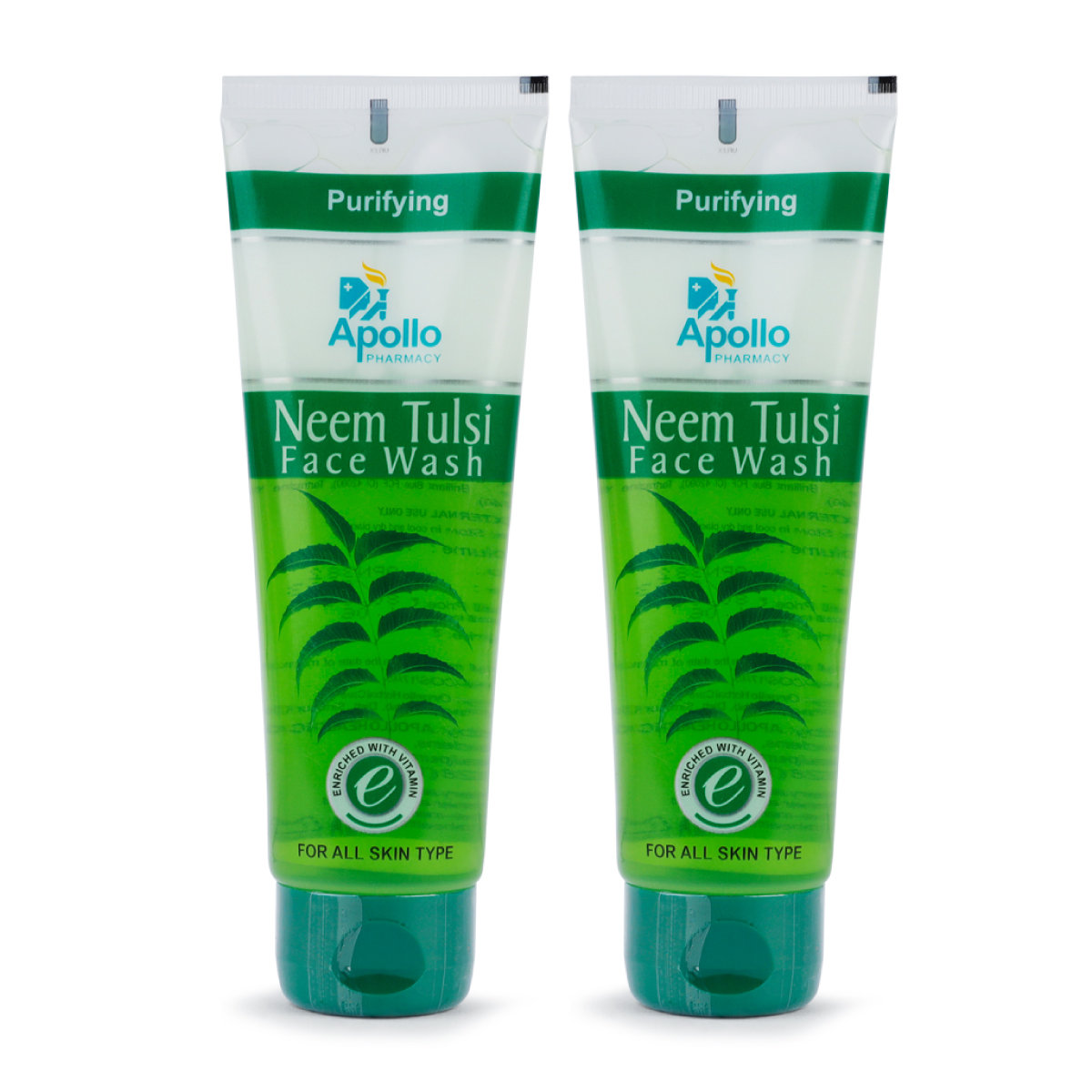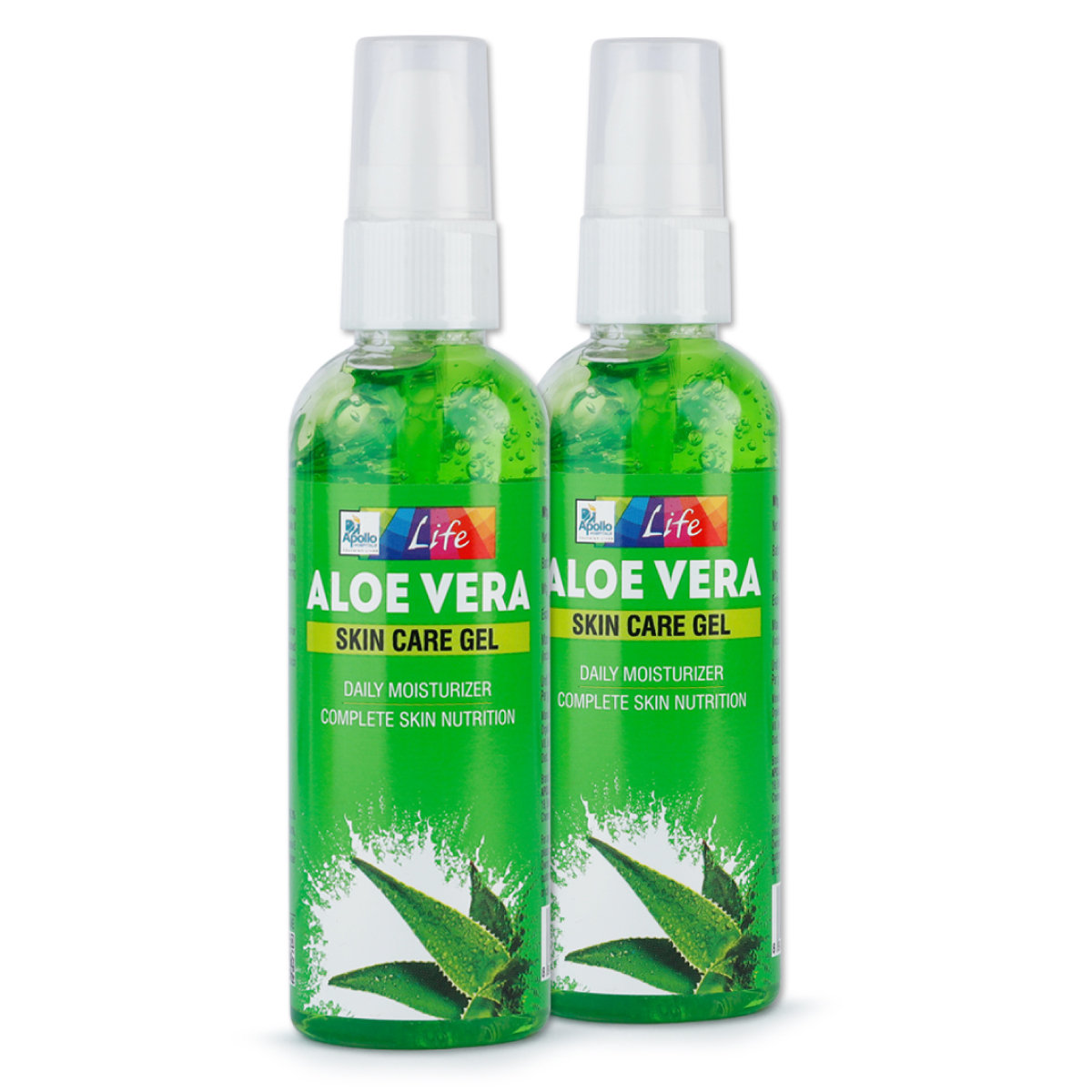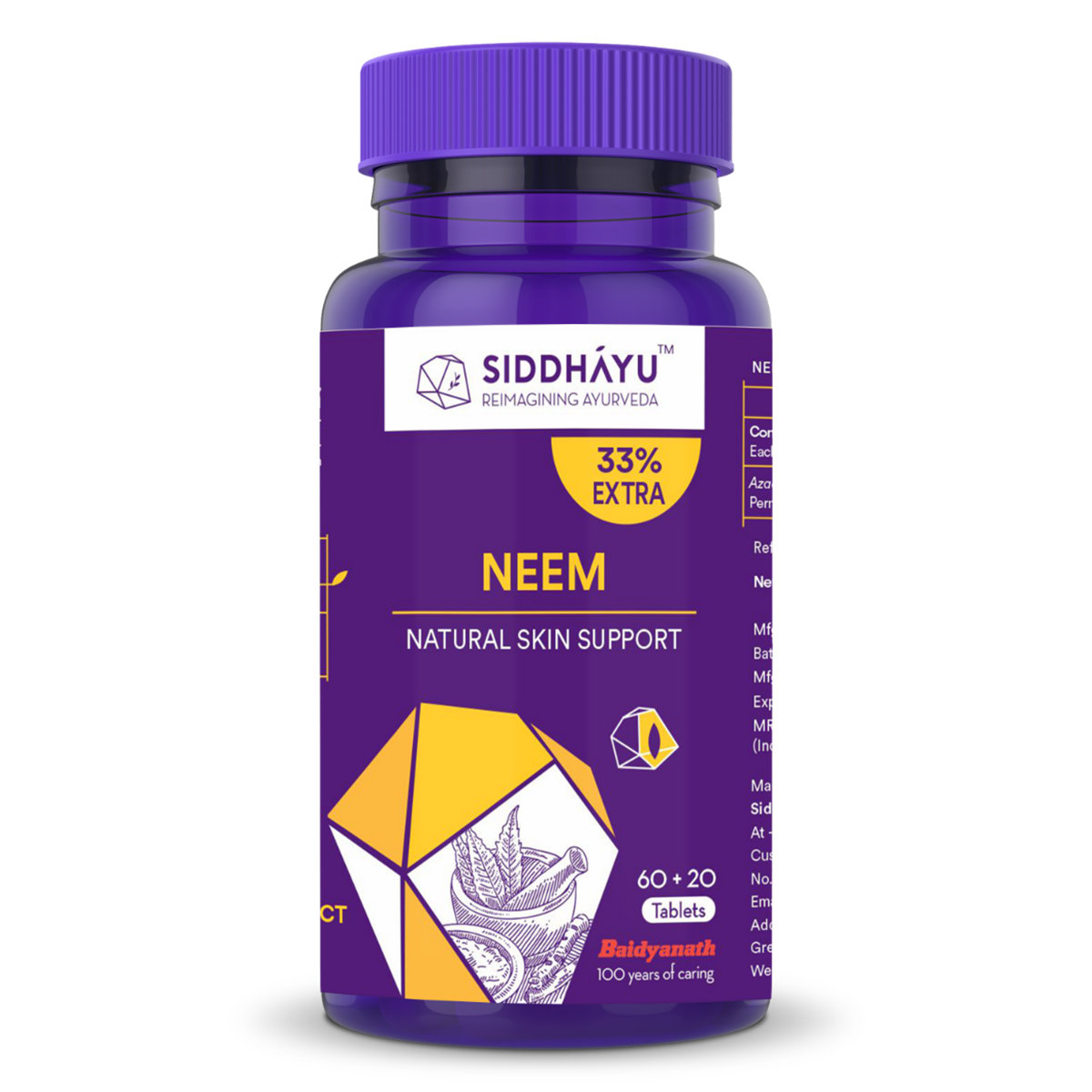A-Ret 0.025% Gel

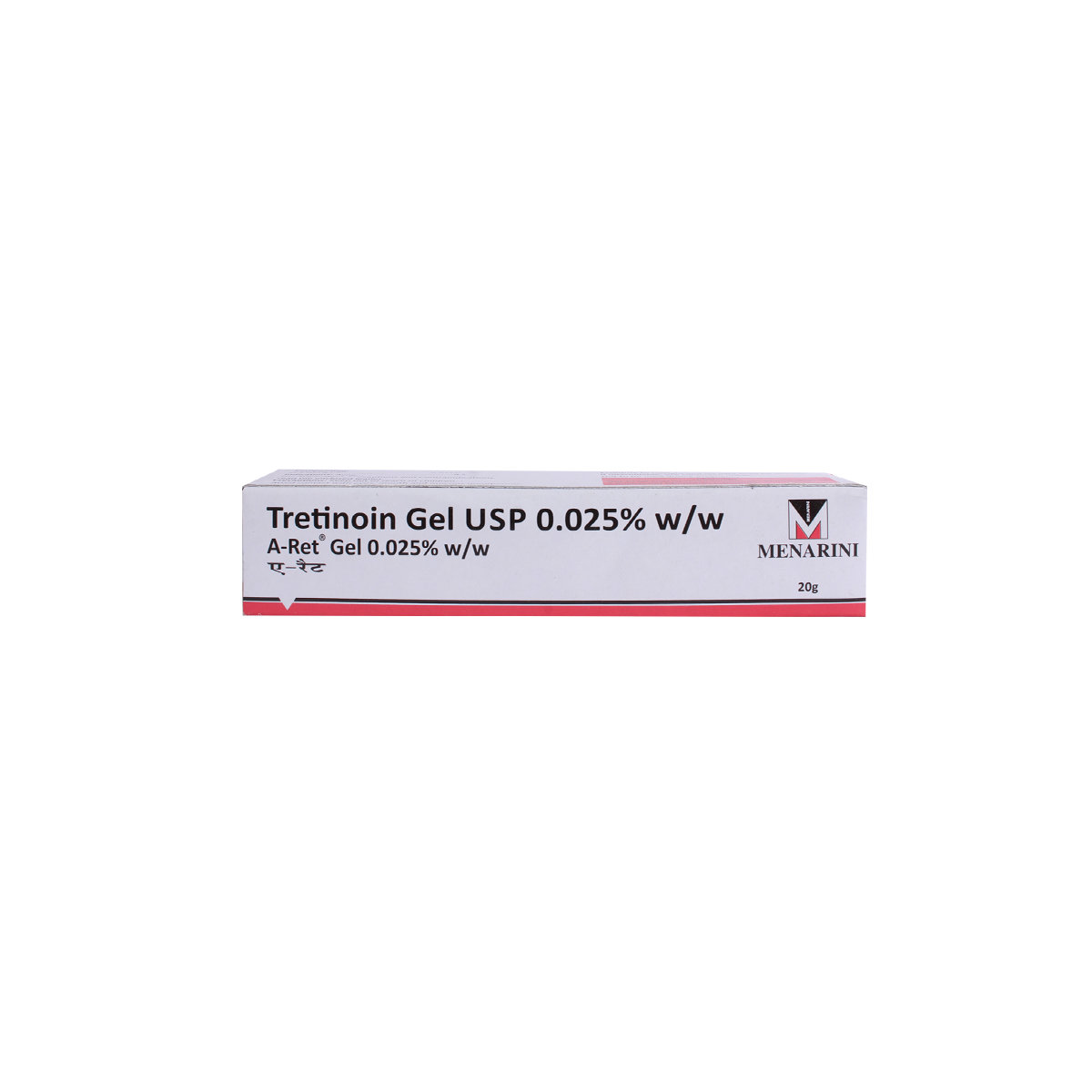

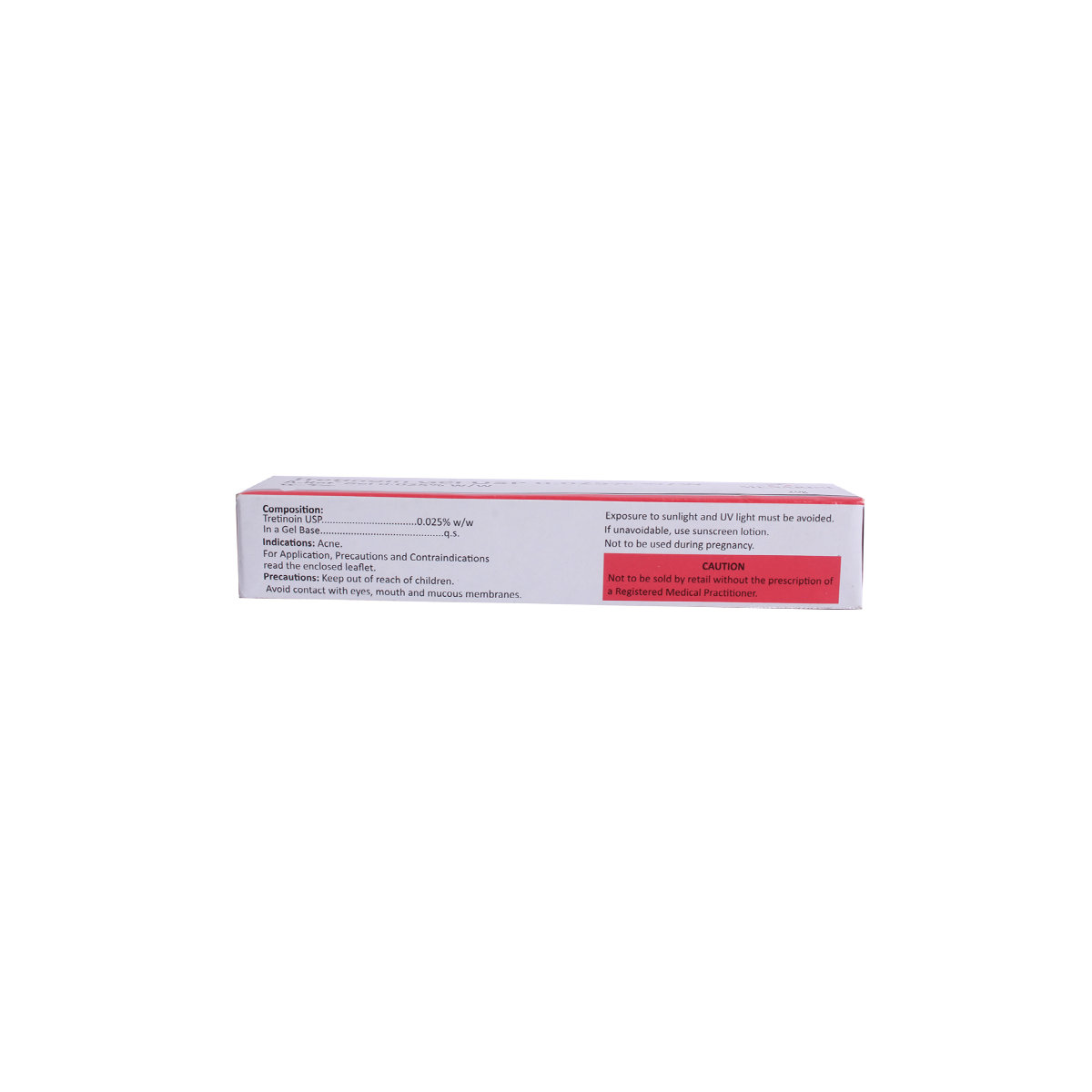
MRP ₹126
(Inclusive of all Taxes)
₹18.9 Cashback (15%)
know your delivery time
Provide Delivery Location
Composition :
Manufacturer/Marketer :
Consume Type :
Expires on or after :
Return Policy :

Secure Payment

Trusted by 8 Crore Indians

Genuine Products
Therapeutic Class
Country of origin
Manufacturer/Marketer address
Author Details
We provide you with authentic, trustworthy and relevant information
Disclaimer
Alcohol
Safe if prescribed
Interaction of alcohol with A-Ret 0.025% Gel is unknown. Please consult a doctor before consuming alcohol while using A-Ret 0.025% Gel.
Pregnancy
Consult your doctor
A-Ret 0.025% Gel is Category C pregnancy drug and is considered unsafe for pregnant women. Therefore, if you are pregnant, inform your doctor before using A-Ret 0.025% Gel.
Breast Feeding
Consult your doctor
It is unknown whether A-Ret 0.025% Gel is excreted in human milk. Please consult a doctor before using A-Ret 0.025% Gel while breastfeeding.
Driving
Safe if prescribed
A-Ret 0.025% Gel usually does not affect your ability to drive or operate machinery.
Liver
Consult your doctor
If you have any concerns regarding the use of A-Ret 0.025% Gel in patients with liver problems, please consult a doctor.
Kidney
Consult your doctor
If you have any concerns regarding the use of A-Ret 0.025% Gel in patients with kidney problems, please consult a doctor.
Children
Safe if prescribed
A-Ret 0.025% Gel is not recommended for children below 18 years as the safety and effectiveness were not established.
Product Substitutes
About A-Ret 0.025% Gel
A-Ret 0.025% Gel belongs to the class of drugs known as retinoids (synthetic or man-made vitamin A). A-Ret 0.025% Gel is primarily used to treat acne (pimples) and sun-damaged skin. Acne is a skin condition that is common and occurs when hair follicles are blocked with dead skin cells and oil.
A-Ret 0.025% Gel contains tretinoin, also known as retinoic acid (a form of vitamin A) that loosens and unblocks pores on the skin’s surface by reducing the oil secretion in the skin. This prevents the formation of pimples, whiteheads, and blackheads.
A-Ret 0.025% Gel is for external use only. Your doctor will advise you on how often you use A-Ret 0.025% Gel based on your medical condition. Avoid contact of A-Ret 0.025% Gel with nose, mouth, eyes, ears, or vagina. In case A-Ret 0.025% Gel comes in contact with these areas accidentally, rinse with water thoroughly. Some people may experience dry skin, peeling, redness, burning, itching, or stinging sensation of the skin. Most of these side effects of A-Ret 0.025% Gel do not require medical attention and gradually resolve over time. However, if the side effects persist or worsen, please consult your doctor.
If you are allergic to A-Ret 0.025% Gel or any other medicines, please tell your doctor. If you are pregnant, nursing mother, or planning for pregnancy, it is advised to consult a doctor before using A-Ret 0.025% Gel. Avoid sun exposure while using A-Ret 0.025% Gel as it may make the skin more sensitive to sunlight and cause sunburn. Wear protective clothing and use a sunscreen lotion (SPF) while going out to protect your skin from sunburn. Do not apply A-Ret 0.025% Gel in large amounts than prescribed as it does not give quick or better results but causes peeling, marked redness, or skin discomfort. Patients with a history of depression, eczema, history of skin cancer, and fish allergies should use A-Ret 0.025% Gel with caution.
Uses of A-Ret 0.025% Gel
Medicinal Benefits Mweb
Key Benefits
A-Ret 0.025% Gel is a form of vitamin A (retinoid) that loosen and unblock pores on the skin’s surface by reducing the oil secretion in the skin. This prevents the formation of pimples, whiteheads, and blackheads.
Directions for Use
Side Effects of A-Ret 0.025% Gel
- Dry skin
- Peeling
- Skin redness
- Burning
- Itching
- Stinging sensation
Drug Warnings
If you are allergic to tretinoin or any other medicines, please inform your doctor. If skin irritation, redness, burning, or stinging sensation worsens at the site of application, stop using A-Ret 0.025% Gel and consult a doctor. If you are pregnant, planning for pregnancy, or are a nursing mother, it is advised to consult a doctor before using A-Ret 0.025% Gel. Avoid sun exposure, use a sunscreen lotion and wear protective clothing while going out in the sun as A-Ret 0.025% Gel may make the skin more sensitive to the sun. Do not apply A-Ret 0.025% Gel in large amounts than prescribed as it does not give quick or better results but causes peeling, marked redness, or skin discomfort. Use A-Ret 0.025% Gel with caution when used together with medicated or abrasive soaps, cleansers, shampoos, astringents, products with high concentrations of alcohol, electrolysis, hair depilatories, or waxes or topical medications as they may increase skin irritation.
Drug-Drug Interactions
Drug-Drug Interactions
Login/Sign Up
Drug-Food Interactions
Drug-Food Interactions
Login/Sign Up
Drug-Diseases Interactions
Drug-Diseases Interactions
Login/Sign Up
Drug-Drug Interactions Checker List
- ISOTRETINOIN
- AMINOLEVULINIC ACID
- METHOXSALEN
- PORFIRMER
- VERTEPORFIN
- METHYL AMINOLEVULINATE
- BENZOYL PEROXIDE
- SALICYCLIC ACID
- SULFUR
- RESORCINOL
Habit Forming
Special Advise
- Do not apply A-Ret 0.025% Gel in large amounts than prescribed as it does not give quick or better results but causes peeling, marked redness or skin discomfort.
- Do not squeeze spots or try to clean blackheads as it may worsen them and cause permanent scarring.
Diet & Lifestyle Advise
- Avoid sun exposure while using A-Ret 0.025% Gel as it may make the skin more sensitive to sunlight and cause sunburn. Wear protective clothing and use sunscreen while going out to protect your skin from sunburn.
- Regular exercise can improve your mood and self-esteem though it doesn’t clear acne. Take a shower immediately after finishing exercise as sweat may irritate acne.
- Do regular hair wash and avoid hair falling across the face.
- Use water-based cosmetic products and remove the make-up completely before going to bed.
All Substitutes & Brand Comparisons
RX
Avitra Gel 30 gm
Aviator Life Science Pvt Ltd
₹84
(₹2.52/ 1gm)
55% CHEAPERRX
Out of StockFactor A Gel
Sulzderma Pharmaceuticals Pvt Ltd
₹80
(₹3.6/ 1gm)
36% CHEAPERRX
Out of StockIsofeel 0.025 Gel 30 gm
Dermakare Pharmaceuetical Pvt Ltd
₹130
(₹3.9/ 1gm)
31% CHEAPER

Have a query?
Buy best Dermatology products by
Glenmark Pharmaceuticals Ltd
Sun Pharmaceutical Industries Ltd
Klm Laboratories Pvt Ltd
Cipla Ltd
Canixa Life Sciences Pvt Ltd
Abbott India Ltd
Ajanta Pharma Ltd
Intas Pharmaceuticals Ltd
Dr Reddy's Laboratories Ltd
East West Pharma India Pvt Ltd
Alkem Laboratories Ltd
Atopic laboratories Pvt Ltd
Hegde & Hegde Pharmaceutica Llp
Brinton Pharmaceuticals Ltd
Torrent Pharmaceuticals Ltd
Amwill Healthcare Pvt Ltd
Leeford Healthcare Ltd
Palsons Derma Pvt Ltd
Oaknet Healthcare Pvt Ltd
Med Manor Organics Pvt Ltd
Micro Labs Ltd
Dermocare Laboratories Gujarat Llp
Fixderma India Pvt Ltd
Apex Laboratories Pvt Ltd
Mankind Pharma Pvt Ltd
Ipca Laboratories Ltd
Yaher Pharma
Systopic Laboratories Pvt Ltd
Menarini India Pvt Ltd
Ethinext Pharma
Nemus Pharmaceuticals Pvt Ltd
Skinocean Pharmaceuticals
Dermacia Healthcare
Inex Medicaments Pvt Ltd
Lupin Ltd
GlaxoSmithKline Pharmaceuticals Ltd
Talent India Pvt Ltd
Zydus Cadila
Kivi Labs Ltd
Zydus Healthcare Ltd
Hbc Dermiza Healthcare Pvt Ltd
Mrhm Pharma Pvt Ltd
Regaliz Medicare Ltd
Sol Derma Pharmaceuticals Pvt Ltd
Newtrimed Healthcare Pvt Ltd
Wallace Pharmaceuticals Pvt Ltd
Eskon Pharma
Glowderma Lab Pvt Ltd
La Pristine Bioceuticals Pvt Ltd
Mohrish Pharmaceuticals Pvt Ltd
Percos India Pvt Ltd
Rockmed Pharma Pvt Ltd
Macleods Pharmaceuticals Ltd
Praise Pharma
Ethicare Remedies Pvt Ltd
Kaizen Drugs Pvt Ltd
Aurel Biolife
Rely On Pharmaceuticals
Wockhardt Ltd
Galcare Pharmaceuticals Pvt Ltd
Elder Pharmaceuticals Ltd
Indiabulls Pharmaceuticals Pvt Ltd
La Med Healthcare Pvt Ltd
Biocute Life Care
Yap Bioceuticals
Yash Pharma Laboratories Pvt Ltd
Zee Laboratories Ltd
Apple Therapeutics Pvt Ltd
Adonis Laboratories Pvt Ltd
Albatross Healthcare Pvt Ltd
Galderma India Pvt Ltd
Prism Life Sciences Ltd
FDC Ltd
Alniche Life Sciences Pvt Ltd
Salve Pharmaceuticals Pvt Ltd
West Coast Pharmaceuticals Pvt Ltd
Dermarex HealthCare India Pvt Ltd
Arka Vital Science Pvt Ltd
Dermajoint India
Gary Pharmaceuticals Pvt Ltd
Grace Derma Healthcare Pvt Ltd
Karlin Pharmaceuticals & Exports Pvt Ltd
Skinska Pharmaceutica Pvt Ltd
Uniza Healthcare Llp
Alembic Pharmaceuticals Ltd
Cadila Healthcare Ltd
Cadila Pharmaceuticals Ltd
Cosmofix Technovation Pvt Ltd
Human Pharmaceuticals
Indolands Pharma Pvt Ltd
Lyra Laboratories Pvt Ltd
Akumentis Healthcare Ltd
Entod Pharmaceuticals Ltd
Iceberg Health Care Pvt Ltd
Jenburkt Pharmaceuticals Ltd
P and P Dermaceuticals Pvt Ltd
Dabur India Ltd
Indchemie Health Specialities Pvt Ltd
Olcare Laboratories Pvt Ltd
Unison Pharmaceuticals Pvt Ltd
BODY CREAM
Body Lotion
Face Cream
Shampoo
Sun Screen
Face Gel
Soap
Face Wash
HAIR SOLUTION
Face Serum
BODY GEL
Hair Lotion
Hair Serum
Dusting Powder
ANTISEPTIC
FACE CLEANSER
Face Lotion
Body Wash
Body Spray
Eye Cream
FUNGAL INFECTION
Foot Cream
Conditioner
Eye Gel
Cleanser
Hair Cream
Hair Oil
Face Mask
Hair Gel
Sanitizer
Hair Spray
Moisturiser
Skin Ointment
Lip Balm
Capsule
Eye Serum
Intimate Wash
Specialty Supplements
Hand Cream
Facial Spray
SPECIALITY SUPPLEMENT
Face Toner
MEDICATED SHAMPOO
Tablet
Talcum Powder
BABY SUNSCREEN
Body Butter
Body Scrub
DIAPER RASH CREAM
EYE SOLUTION
FACIAL WIPE
Gargle
Hand Wash
Intimate Spray
Lip Serum
Lubricant Gel
MEDICATED CREAM
Nail Polish
VITAMIN D
Frequently Bought Together
₹587.2
MRP ₹699
16% off
1
+Customers Also Bought




